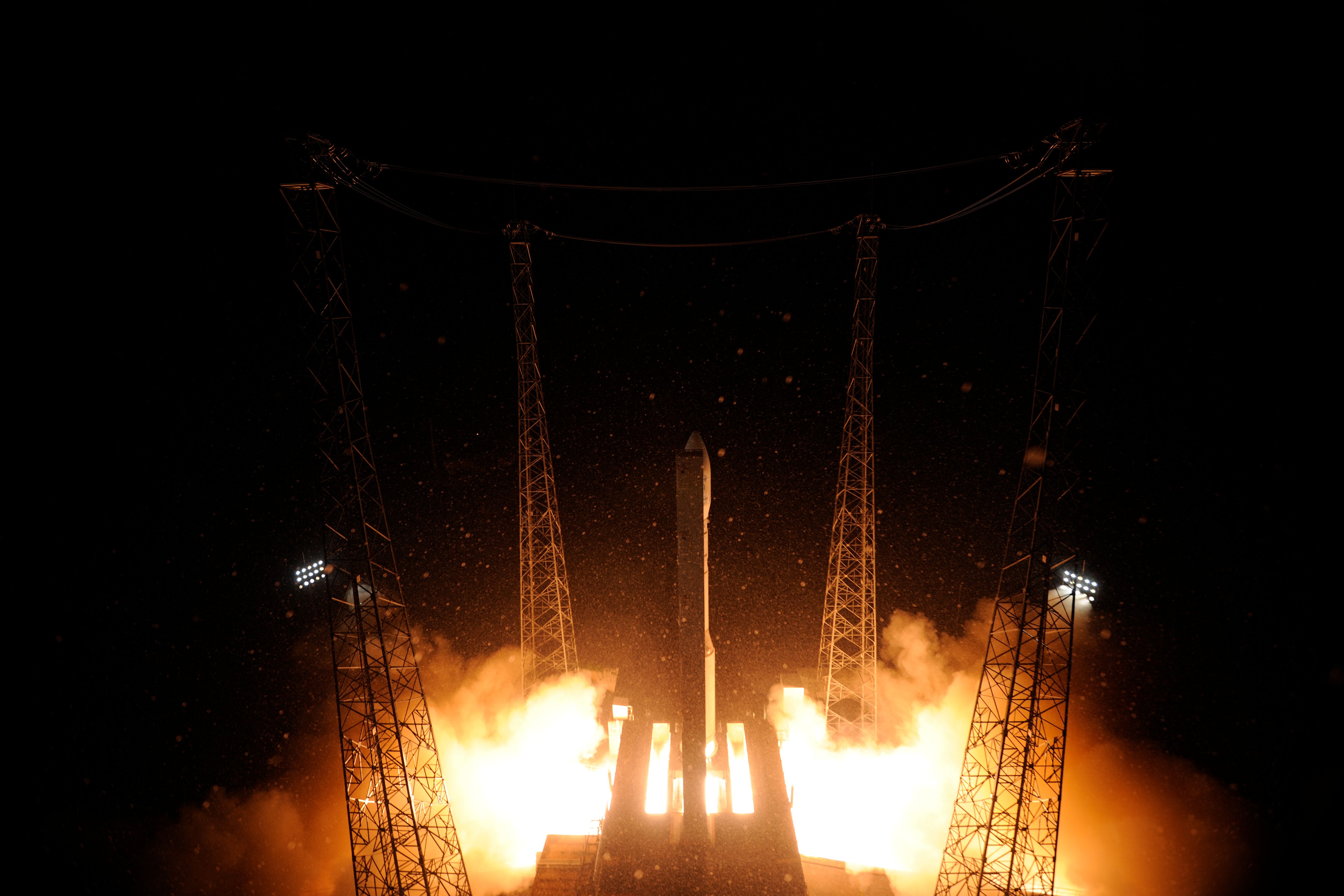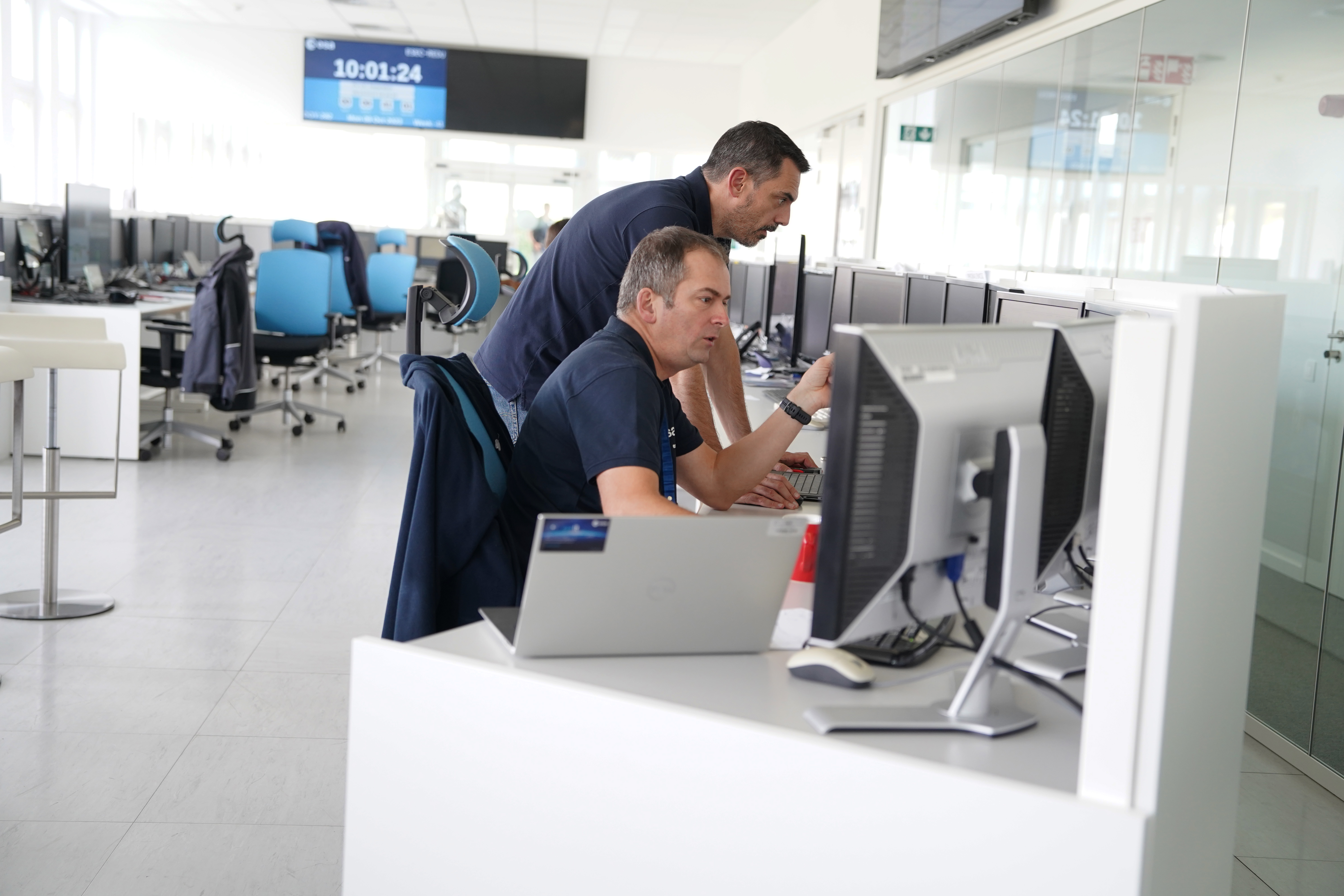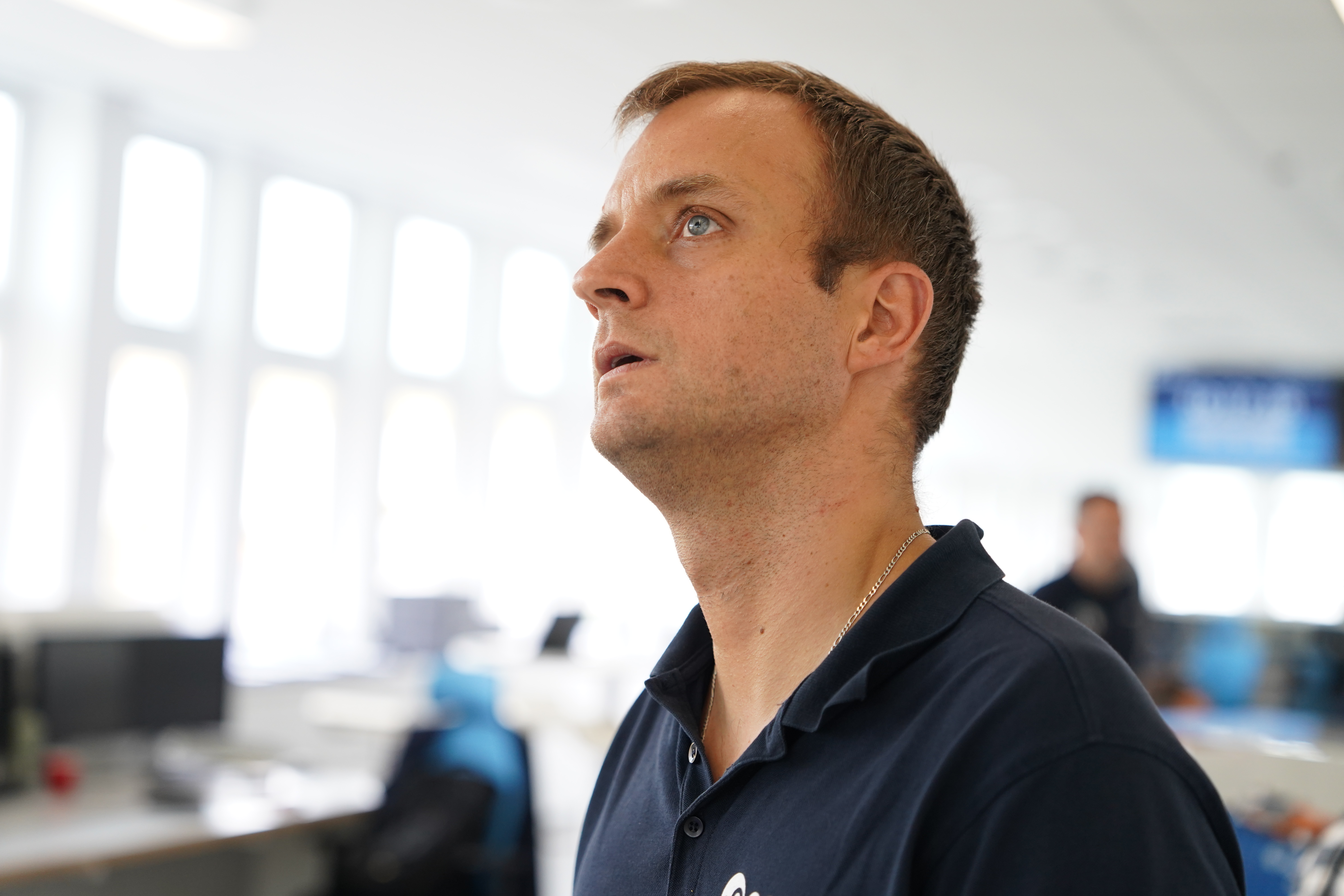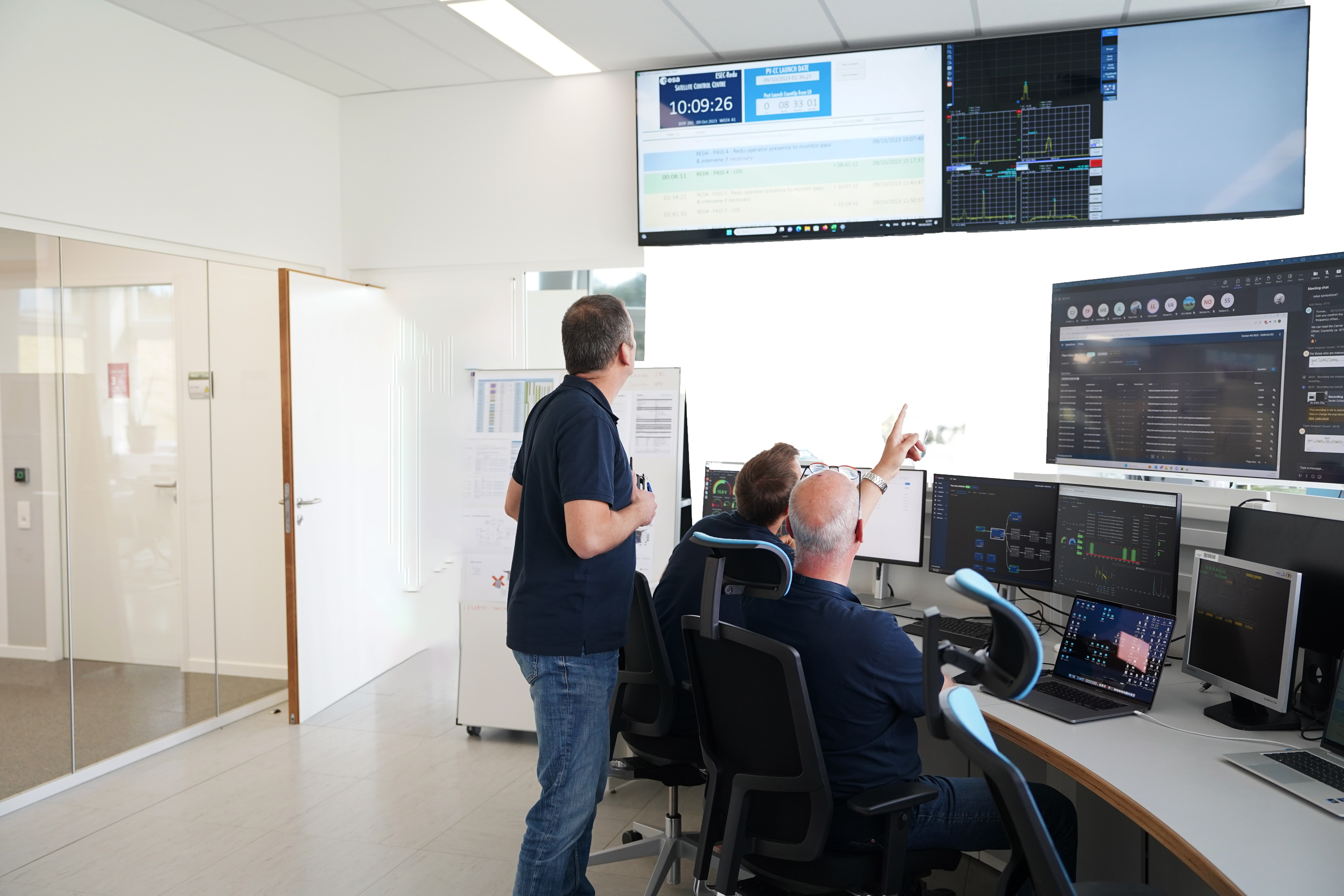One more mission for our Redu colleagues!
It's 12:07:33, and everyone in the Redu control room is engrossed in their screens, not a word coming out. An important signal is awaited, the information it contains is important for the future of a small 12-unit "CubeSat" satellite that will soon be controlled from Redu. Take a look at this very Walloon event!

Let's take a step back in time to understand the significance of what took place on October 9 in Redu, at the ESEC center.
When PROBA V was launched in 2013, it was equipped with 3 cameras to observe the earth. A 4th camera was then available for use during the project's development. This was offered to AeroSpaceLab, based in Louvain-la-Neuve, to validate its use on board a micro-satellite. The result was the Proba V Companion CubeSat (PVCC) project. As its name suggests, this small satellite of just 12 units will follow the larger Proba V and complement its observation tasks. A very positive operation for the Walloon space landscape, from which Telespazio Belgium also benefits.
Initially scheduled for Saturday, October 7 at 3:36 a.m. (Redu time), the launch was postponed to the same time on October 9. PVCC, along with 9 other CubeSats and 2 larger satellites, were successfully launched by ESA's Vega launcher. Now it's time for deployment, and above all for the all-important LEOP phase - Launch Early Operational Phase - in which our colleagues operating at the ESEC station in Redu take part.
The mission of our colleagues at Redu consists of several "passes" to ensure that the satellite follows the course of its deployment and that no problems arise. To do this, the Redu-3 and Redu-4 antennas, used daily for PROBA 1,2 and V, are reparametrized to track and receive the PVCC signal as it passes overhead. "Nothing complicated," say Philippe Reis, Eric Martin, Frederic Hannoteau, Bernard Baijot and Alain Thibert, all experts in these operations. "We just have to be careful and plan our actions properly, as these antennas are shared with the other PROBA satellites.” ESA's Christian Baijot adds: "During this passage, we are responsible for the ground segment with our antennas and reception equipment. The space segment is the manufacturer’s responsibility during this validation phase." The next phase will give more access to the team who will ultimately have control of the satellite to ensure operations during the two-year mission to observe the earth and its vegetation.

But with just a few minutes to go, the very relaxed speech quickly gives way to a stony silence where only the roar of the machines punctuates every second. And at 12:07:33, an undulating peak appears on the control room screens. That's it, the signal is received! And there's no delay, no advance, confirming the PVCC's good position. The signal level decreases slightly, but the reason is well known: the satellite is still stabilizing. And after 10 minutes, as expected, the signal disappears, and another station takes over. The operation is repeated several times during the day to gather more information and ensure that the PVCC is working properly.


The room comes alive again, faces relax, and everyone goes about their business. As if what had just been experienced were a routine as mundane as picking up the mail, the scene is disconcerting. But it shows that "extraordinary" is part of the everyday vocabulary of our Redu colleagues. Their composure, the near-phlegm they displayed during this important event for the future of their PROBA missions, shows the skills and experience each of them brings to Redu's operations. Well done, guys!

